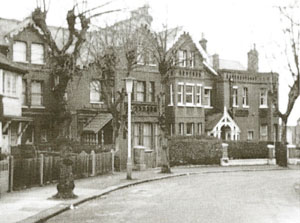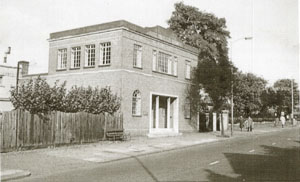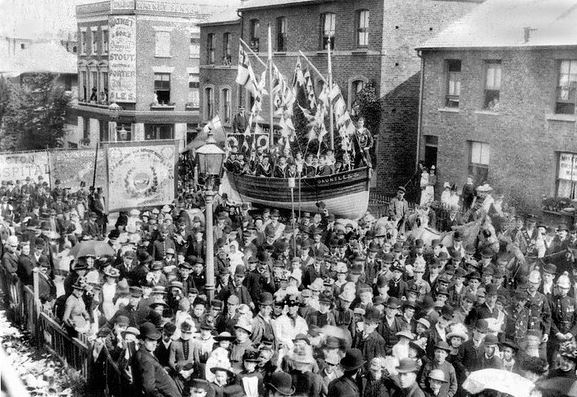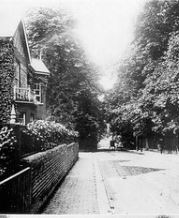History of Mill Hill Park
History of Mill Hill Park
The Mill Hill Park Conservation Area in Acton, London W3 covers an early garden suburb, the Mill Hill Park Estate, laid out in the 1870s by two famous father-and-son builders, both called William Willett. These 1869 and 1873 plans prepared for the sale of land for the development of the Estate show proposals for buildings, grounds and roads.
The Willetts’ high-quality, desirable mansions can also be seen in Chelsea and Mayfair. Apart from being a builder of beautiful houses, the younger William Willett is now more famous for promoting the Daylight Savings Act, which created British Summer Time.
Signs of life and residency on the piece of land where Mill Hill Park now lies have been traced by Museum of London archaeologists back through medieval, Saxon and Roman times and through the Bronze Age to the prehistoric era. The History of Mill Hill Park covers developments in the area from the Bronze Age to the present time.
In 1981, excavations carried out in Avenue Gardens revealed an almost complete, very finely decorated Roman bowl dating between 100 and 125 AD – by far the most exciting archaeological discovery ever made in the Mill Hill Park Area. See Ancient Roman Bowl Found in Mill Hill Park.
The Mill Hill Pub, formerly known as the Mill Hill Tavern, ceased trading in June 2013 after 153 years. A Speculative Early History of the Mill Hill Tavern traces its development.
Left: An 1889 parade to raise funds for the Acton Hospital in front of the Talbot pub in Mill Hill Road. Centre: Gunnersbury Lane, near the junction with Avenue Road, around 1900. Right: The old Mill Hill Tavern.





